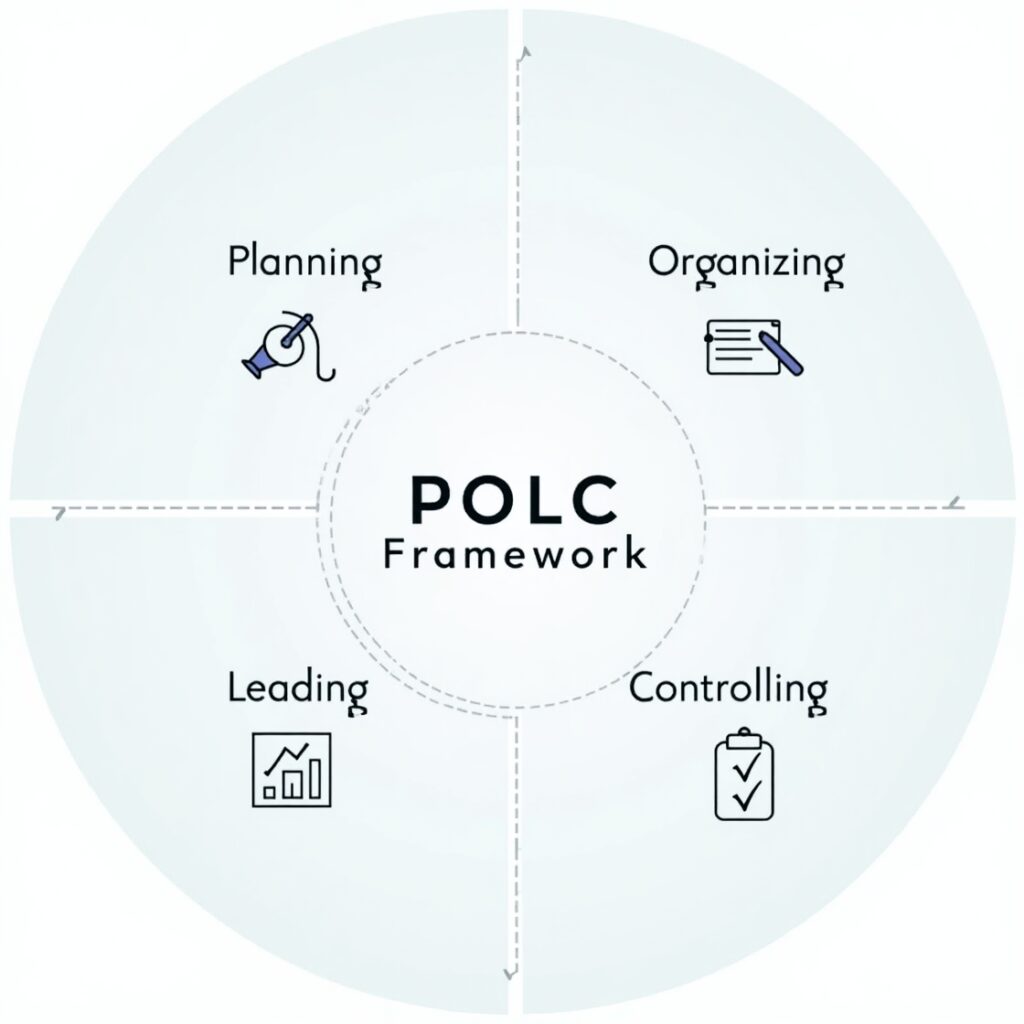Artificial Intelligence (AI) is transforming personal finance, offering smarter, faster, and more personalized ways to manage money. From budgeting apps to automated investing platforms, AI-driven algorithms are reshaping how individuals save, spend, and invest. Here’s how AI is revolutionizing personal finance and what it means for you.
1. AI-Powered Budgeting & Expense Tracking
Apps like Mint, YNAB (You Need A Budget), and PocketGuard use AI to analyze spending habits, categorize transactions, and suggest ways to save. These tools:
- Predict cash flow based on past behavior
- Flag unusual spending (fraud detection)
- Offer tailored savings tips
2. Robo-Advisors: Automated Investing
Platforms like Betterment, Wealthfront, and Schwab Intelligent Portfolios use AI to:
- Build and rebalance portfolios based on risk tolerance
- Optimize tax strategies (tax-loss harvesting)
- Adjust investments in real-time based on market trends
3. AI-Driven Credit Scoring & Loan Approvals
Traditional credit scores are being supplemented (or replaced) by AI models that analyze:
- Bank transaction history (e.g., Upstart)
- Rent and utility payments
- Social media & behavioral data (controversial but growing)
This allows lenders to offer better rates to thin-file borrowers while reducing risk.
4. Fraud Detection & Security
AI enhances financial security by:
- Detecting anomalies in spending (e.g., sudden large withdrawals)
- Biometric authentication (voice, facial recognition)
- Blockchain-based fraud prevention
5. Personalized Financial Assistants (Chatbots & Voice AI)
- Banking chatbots (Bank of America’s Erica, Capital One’s Eno) answer queries and execute transactions.
- Voice-enabled AI (Alexa, Google Assistant) can check balances or make payments.
The Risks & Ethical Concerns
While AI offers convenience, challenges remain:
- Data privacy: Who owns your financial data?
- Algorithmic bias: Could AI discriminate in lending?
- Over-reliance on automation: Should all financial decisions be AI-driven?
The Future of AI in Finance
Expect:
- Hyper-personalized banking experiences
- AI-driven real-time financial coaching
- Decentralized finance (DeFi) with AI risk assessment
Final Thoughts
AI is making personal finance more efficient, but users should stay informed about how their data is used. The key is balancing automation with human oversight—letting AI handle the math while keeping control over big financial decisions.


